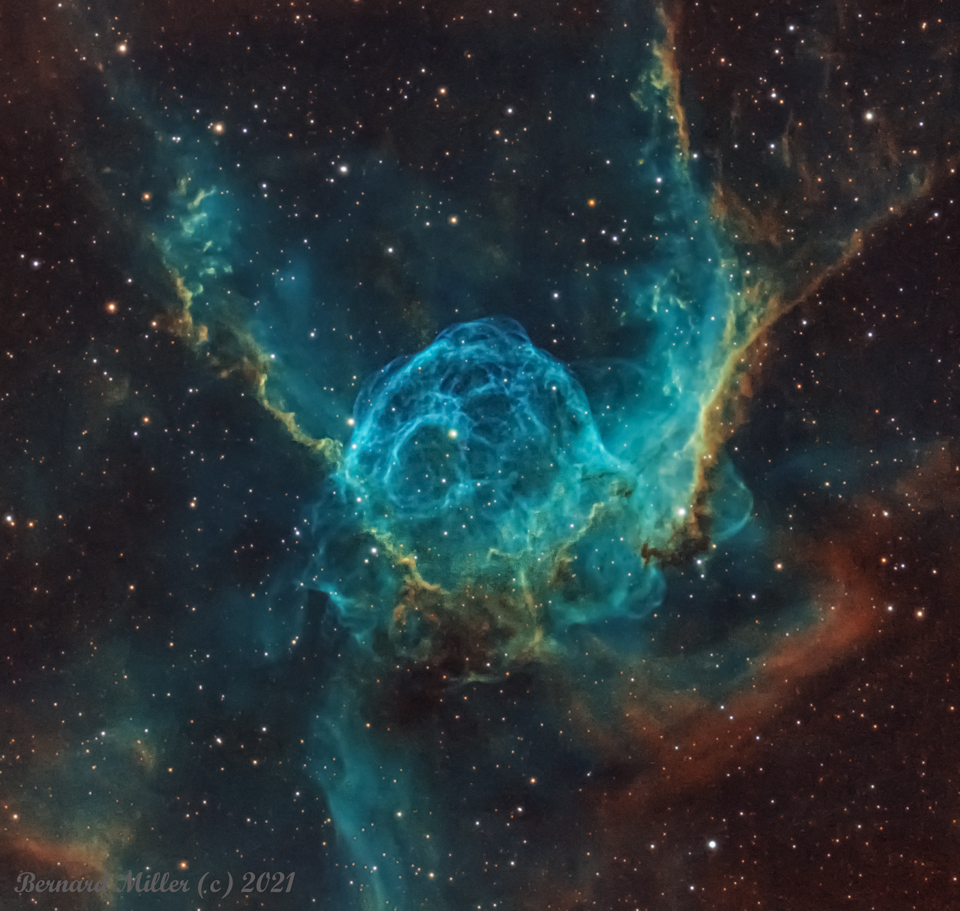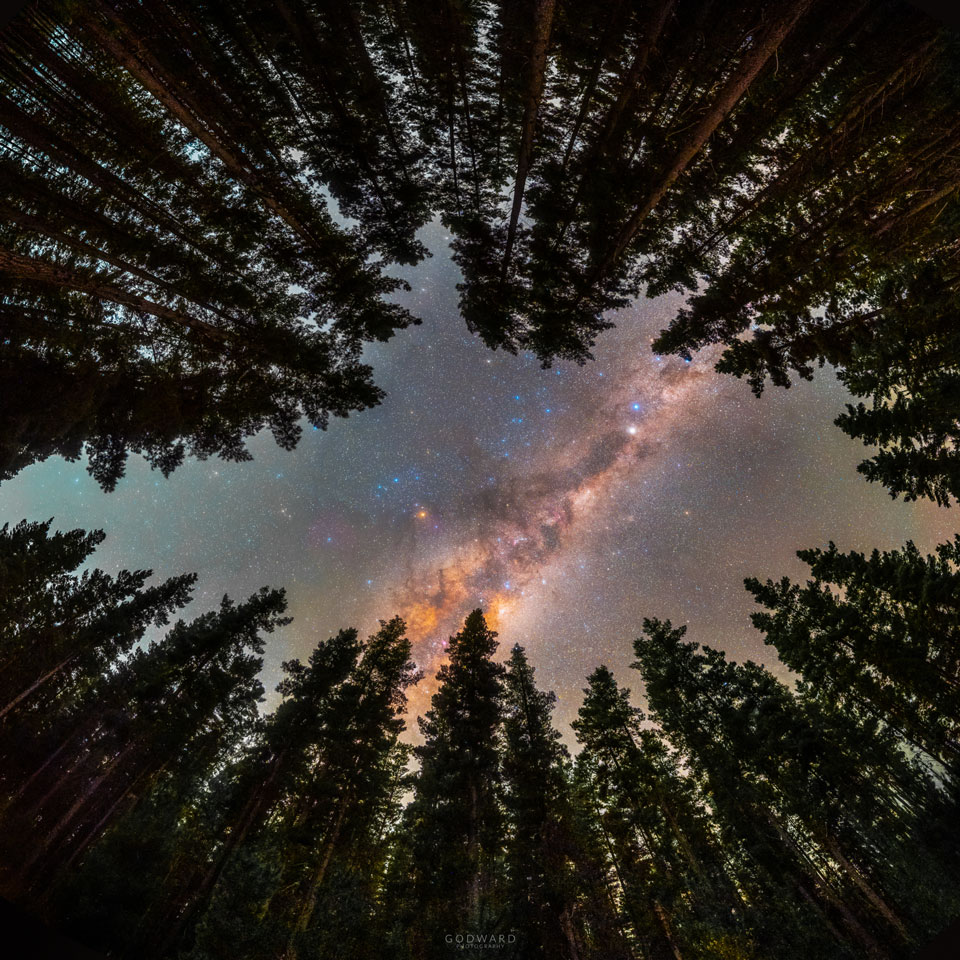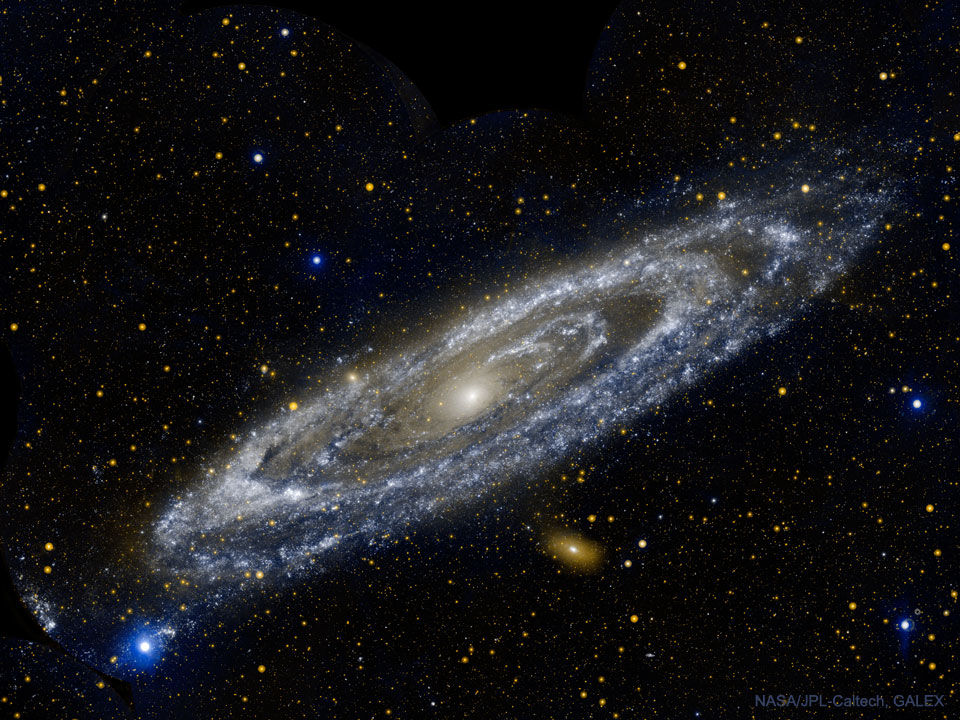NGC 7814: 有超新星的小宽边帽星系
2021年7月22日 NGC 7814: Little Sombrero with Supernova Image Credit & Copyright: CHART32 Team, Explanation: Point your telescope toward the high flying constellation Pegasus and you can find this expanse of Milky Way stars and distant galaxies. NGC 7814 is centered in the pretty field of view that […]










